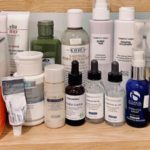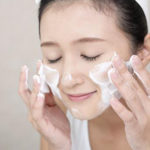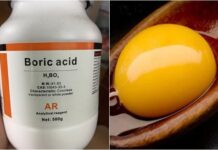The Truth About Treating Pigmentation with Chemical Peels
Chemical peels are a popular topic in skincare, and it’s no different when it comes to treating pigmentation. In reality, according to experts, chemical peels involve using products with acidic or basic properties, with acids being particularly prevalent. These acids are used to peel away the top layers of the skin, facilitating cell turnover and exfoliation.
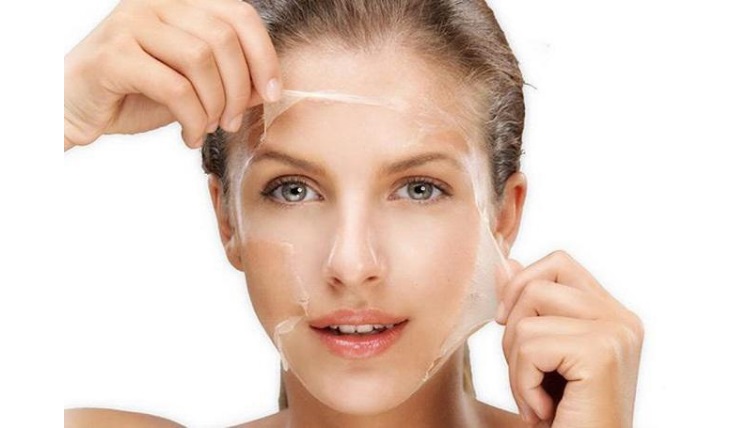
Do chemical peels really help with pigmentation issues? (Illustrative image)
As a result, many believe that chemical peels are an effective solution for pigmentation concerns. However, the perceived improvement in skin appearance is only temporary, lasting around 7 to 10 days, after which a host of issues may arise.
Removing the top layer of skin compromises its protective barrier, leading to potential complications such as increased pigmentation, sun damage, acne, rough skin texture, dark spots, skin sagging, wrinkles, and heightened skin sensitivity.
Safe and Popular Methods to Treat Pigmentation
1. Sun Protection: An Absolute Must
Sun protection is paramount when it comes to treating pigmentation. Even if you’re undergoing effective pigmentation treatments, a few minutes of sun exposure can undo all your hard work.
Here’s what you should do:
- Use a mineral sunscreen with an SPF of 30 or higher.
- Wear sun-protective clothing and hats to shield yourself from UV rays.
- Minimize direct sun exposure, especially during peak hours.
Remember, indoor lighting can also contribute to pigmentation issues, so it’s advisable to wear sunscreen even when you’re indoors.
2. Pigmentation Treatment Creams
Treatment creams are a popular choice among those seeking to address pigmentation concerns. They offer a simple, effective, affordable, and time-efficient solution.
These creams are formulated with specific ingredients that target pigmentation by working deep within the skin, causing the discolored areas to gradually fade and eventually disappear.
3. Oral Medication for Pigmentation
Some individuals opt for oral medication to treat their pigmentation issues instead of topical treatments. These medications are made from safe chemicals that work to reduce the color and intensity of pigmentation over time.
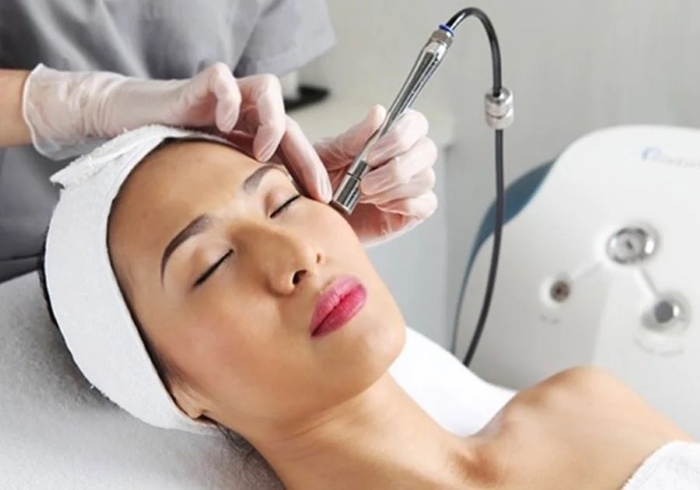
Laser treatment for pigmentation is gaining popularity for its effectiveness. (Illustrative image)
4. Laser Treatment for Pigmentation
Laser treatment for pigmentation is becoming increasingly popular due to its noticeable results. Laser technology breaks down melanin, the pigment responsible for skin discoloration, into tiny fragments, facilitating its removal from the skin. However, it’s important to note that not all types of pigmentation respond equally well to laser treatment.
Post-treatment skin is more sensitive, and proper care is crucial. Since the protective barrier of the skin has been compromised, sun exposure and UV rays can easily lead to a recurrence of pigmentation issues.
Always consult reputable clinics and dermatologists to ensure safety and effectiveness before opting for this treatment. Additionally, consistent and patient adherence to the treatment protocol is necessary to achieve desirable outcomes.
There are also natural remedies for pigmentation, such as fruit juices, honey masks, and herbal remedies, but these methods tend to be slower and require more patience and persistence.
What Are The Things You Should Consider Before Applying Sunscreen Directly To Your Skin?
Do you have questions about how to properly use sunscreen? Are you a woman looking to protect yourself from UV rays? This article has the answers you need! Discover the best way to apply sunscreen and the other important information you should know about protecting your skin.


























